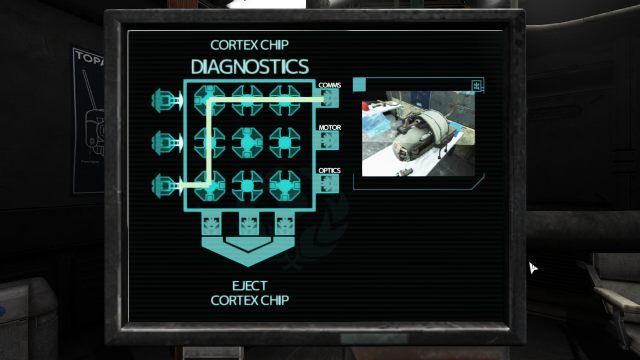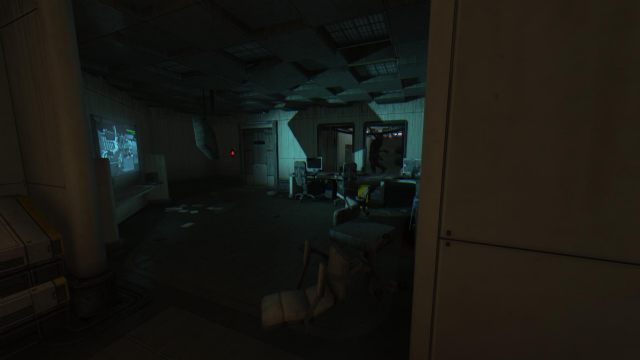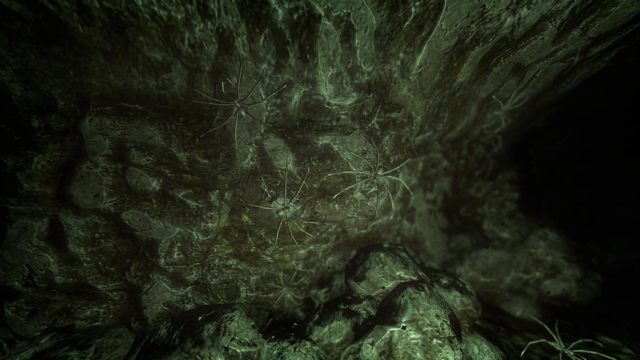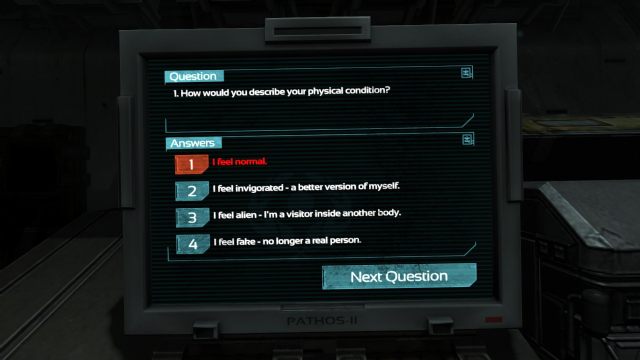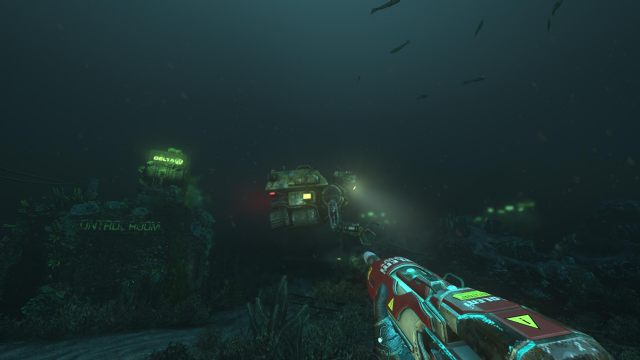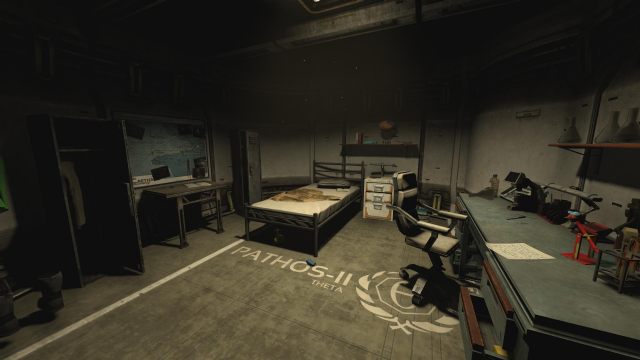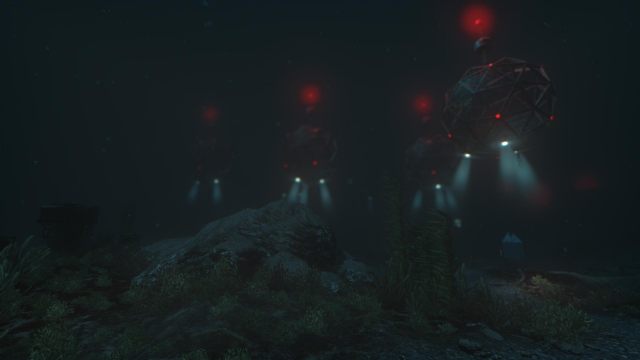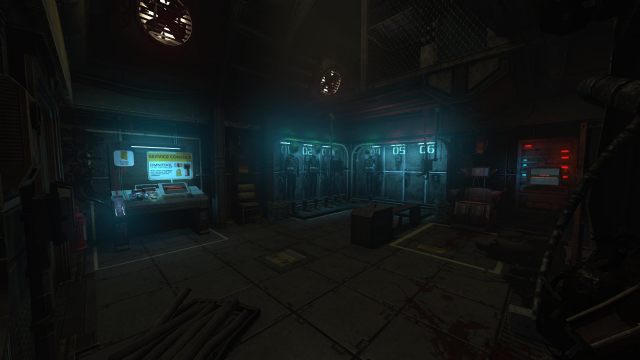author: Mathias Zulpo
SOMA Review – a horror straight from the depths of the sea by the creators of Amnesia
Frictional Games has stood up to the challenge – SOMA is by far the biggest, most scary and elaborate project of the Swedish studio. However, it got lost in its fundamental premise.
The review is based on the PC version.
- Marvelously designed, thought-out, coherent, and great-looking world;
- Constant feeling of being uncertain and overwhelmed combined with almost tangible fear create an extremely heavy atmosphere;
- Diversity of the different stages and confrontations with underwater monsters;
- Simple but interestingly implemented logic elements;
- Environmental puzzles diversifying the gameplay;
- Quite satisfactory exploration;
- Well-paced, smoothly unraveling story...
- ... that disappoints with its content;
- Incompetent way of presenting the "depth" of the production;
- Unconvincing main character.
Great expectations regarding SOMA could hardly be surprising. The terrifying Amnesia: The Dark Descent granted studio Frictional Games the prestigious title of masters of horror and, according to many players, redefined (albeit accidentally) the genre, demonstrating the true power of independent productions. For five long years the Swedish team has been preparing its next work, meant to redefine the genre once again, this time deliberately, giving the concept of "fear" a brand new meaning. In fact, SOMA features some changes – it is different from Penumbra or The Dark Descent, abandoning Lovecraftian motives and simplicity, and replacing them with a creative, original approach to the subject. And although one might question if it were the right move, given its consequences, fans of the Swedish team should not feel disappointed – SOMA, although it desperately tries to be "something more", in its core remains a perfectly realized horror that imbues proven ideas with entirely new solutions.
No gods or kings – only robots
The most noticeable changes were implemented in what we can see, and that is – literally – breathtaking. We are transferred deep into the water, to a vast facility called PATHOS-II located at the bottom of the ocean, which surprises us not only with its complexity, but also the design and variety of different sectors. Inspired by grim SF, the complex controlled by artificial intelligence consists of locations that frighten us with the threat of impending death and induce a feeling of containment and isolation. This is due in part to HPL Engine 3, which is a proprietary engine using the depth of field, so as to highlight the claustrophobic nature of the game, appropriately subdued lighting and grey colors, as well as completely eliminating loading screens. The creators also used it to generate a whole slew of physical objects filling the cabinets, floating in the water and embellishing the environment with their presence – and at the same time waiting to be lifted and thrust in any direction. With verve and meticulous attention to detail, Frictional Games has created a deeply atmospheric environment, featuring corridors enveloped in thick darkness, sterile laboratories, or offices overgrown with a disturbing organic substance, as well as skillfully developed and well-detailed underwater areas that we visit regularly throughout the game.
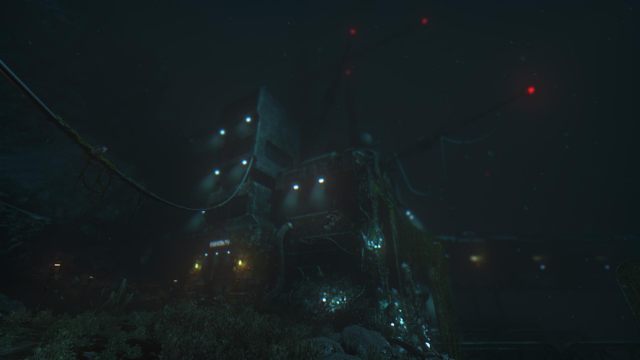
Even Rapture would acknowledge the majesty of PATHOS – above we can see the entrance to Omicron zone.
The very way the underwater complex was created is a clear signal that the developers were going to move away from Amnesia-like corridors, which of course does not mean that we were given a sandbox – SOMA remains a completely linear production. However, the variety and the appropriate balancing of the size of levels (from extremely small, designed as place of confrontation with mutated enemies, to the more extensive ones, limited only by the vastness of the ocean, which allow the action to slow down, as well as smooth down the complexities of the story), combined with suggesting that we can choose a path leading to the destination effectively create a false impression of a game made on an unprecedented scale. It is hard to feel cheated when such an approach to design of levels perfectly shows what the developers had in mind. During "scary sequences", which mostly consist in escaping and hiding from danger, the boundaries of environment are able to build extra tension when out of the blue we get into a cul-de-sac, while during calmer moments nosing around all areas is rewarded by finding notes or records which give a broader understanding of the course of the story. Strong connection between the character of locations and the story and events unraveling on the screen effectively reduces the invasiveness of world boundaries, while stressing the narrative nature of the production.
What’s more, "narrative" is in this case a word of great importance, dominating the rest of the game – passive presentation of the story known from Amnesia was replaced by cinematic, interactive fragments which sum up the tasks we perform, smoothly separating individual levels without feeling forced, even if they take some time. It’s also possible to have comprehensive conversations, which contribute the most to dynamic development of the story, despite the fact that we won't meet many sapient companions – in general, we encounter death or robots with human-like qualities, which, however, becomes justified in the course of the story. In turn, we get to know the past of PATHOS in a more standard way, for example by listening to messages recorded by dead personnel, reading emails, or viewing photos. The creators implemented a hierarchy of significance of the individual elements of the story so skillfully that even skipping all optional sources of information will not result in missing the main plotline, only in losing the chance to piece together some facts.
The rising wave
Putting a greater emphasis on the cinematic aspect and more dynamic pace resulted in some simplifications in mechanics – elements known from Amnesia: The Dark Descent, such as mental condition indicator or interactive equipment, were not used, but it's hard to call such a "hat-tip to A Machine for Pigs" a disadvantage. SOMA quite deliberately went in the direction that doesn’t need this kind of additions, and replaced them with a variety of other measures, more complementary with the story and the world. Among them we can distinguish logical and environmental puzzles – when traversing further sectors of the complex, we find a real plethora of such elements and – most importantly – never experience monotony. Frictional Games have invested in diversity, putting it on their list of priorities above complexity, which resulted in the occurrence of a series of unique "challenges" – from the traditional use of chair to break a window, through specifying the right signal providing access to a means of transport, to running a specially arranged computer simulation.
It is worth mentioning that the puzzles – although not especially complex – have been woven into the story and often complement its content, which makes them another medium through which it is presented. In addition, taking certain actions affects indirectly the appearance of the world and puts a new light on the problems raised by the game, which strongly emphasizes the coherence of both the setting and the entire story. Thanks to this approach to the subject I felt a continued interest in the story, without having to worry about the lack of new additions in the later stages.
The main attraction of the production, however, lies in the thought-out and diverse confrontations with fearsome monsters that are a cult element for this developer, and serve as a natural counter-balance for the sequences devoted entirely to exploration. Monsters are most often put in cramped, confined spaces designed like mazes to make our lives troublesome. Then, we can only rely on a flashlight, our hearing, and the ability to hide in the corners, or – in extreme situations – run like hell. Sometimes the gentlemen from Frictional Games are extremely mean, forcing us to stay with mutants in one room for a longer time to achieve a goal necessary for the continuation of the story. PATHOS-II is "inhabited" by several types of heinous residents, each of them responding to different stimuli; some abominations notice even the slightest of movements, while others will feel our eyes on them. And although applying specific techniques when dealing with our enemies can save us a lot of time, the pervasive, paralyzing fear doesn't really encourage us to experiment. Nowhere did I feel safe – danger lurks even in seemingly clear ocean depths, and the awareness that the game shows mercy to our shortcomings through health regeneration or frequent checkpoints hasn't helped me at all to remain calm. SOMA consistently builds an atmosphere that is not based on scary elements, but rather the overwhelming, obsessive feeling of uncertainty. This is without a doubt its greatest asset, and not every horror can boast something like that.
The reality that doesn’t go away, but rather is what it is
I deliberately saved the assessment of SOMA's plot for last. In part because in this case describing the story would quickly divulge its promising mystery, but mainly because this element made an unpleasant impression in a way disrupting the reception of the entire game. No spoilers version: we know that the mess in PATHOS-II was caused by artificial intelligence and that – in a sense – robots have taken control over the center. We also know – and Frictional Games hyped up this aspect – that SOMA was to tackle the fundamental issues concerning the essence of humanity, consciousness, or survival of human race. The problem is that neither of these topics was developed enough to be taken seriously, making SOMA a strongly polarized adventure that has no means of redefining the genre.
As for the story itself, the concept lacks finesse, and the conclusion of certain topics breaks the neatly paced gameplay by happening so quickly and unexpectedly that it is even later openly ridiculed by the main character, Simon Jarrett. When it comes to Simon, he doesn’t evoke any emotions whatsoever, nor does he do anything to make the player create a more powerful bond with him. He is a completely one-dimensional errand boy, ignoring all the events in which he is involved. His character is saved a bit by a spunkier companion of misery, whose identity and role I can't divulge so as not to spoil the fun.
In turn, the more "ambitious" layer of the story lacks a solid approach to the game’s topic – its main concept is certainly interesting (but nothing more), and some issues discussed in SOMA have great potential, but are brought down by the shallow musings of Jarrett, who wouldn’t have a problem summing up an entire philosophical treatise with a lame joke or a cry: "It's not fair!". Appearing here and there are also peculiar interactions with terminals (based perhaps on the premise of tearing down the fourth wall) and poor substitutes of moral choices that are devoid of any meaning. The desire to give them existential depth is doomed due to lack of solid justification and coherence.
Don't get me wrong – this is a truly amazing horror, and a horror is expected to be scary – this task SOMA performs flawlessly. Unfortunately, if the creators themselves imply again and again that the primary objective of their production is to depict "something more", the implementation of this symbolic idea should be done in a consistent manner, and the concept itself should be transparent and intertwined with other arcs – as was done for example in The Talos Principle (in which it would actually make sense to use the quote from Philip K. Dick that appears in SOMA ). Otherwise we get a paradox that takes on the form of a smooth and immersive continuation of a weak idea that awakens hopes just to beat them mercilessly to the ground the moment it could actually spread its wings.
All in all, SOMA has nothing to be ashamed of – it is one of the most extensive, polished up, balanced and technically thought-out independent horrors of recent years. I can say without a doubt that it will fully satisfy maniacs of the genre, draw attention of extreme experiences enthusiasts, and won’t disappoint the fans of Frictional Games. I don't regret one bit the twelve hours spent in PATHOS-II facility and would happily walk in someone else’s shoes to be able to go through this experience again. It is a pity that the creators haven't really decided in which direction they wanted to take the game. I suspect that they intended to achieve a higher level of fear, use this fear to attack us on several fronts and then send the player to bed with the fear still tightly gripping their gut. True, it was a very strong blow, but SOMA also leaves us with a memory of a too violent attempt to rise from the bottom of the ocean up to the sky.
Mathias Zulpo | Gamepressure.com
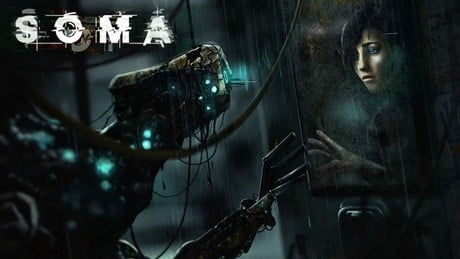
SOMA Review – a horror straight from the depths of the sea by the creators of Amnesia
game review
Frictional Games has stood up to the challenge – SOMA is by far the biggest, most scary and elaborate project of the Swedish studio. However, it got lost in its fundamental premise.
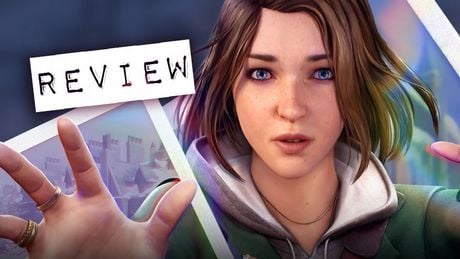
Life is Strange Double Exposure Review: Undeveloped Film
game review
Max Caulfield is back after meeting her in the first Life is Strange. Her return is not what you would expect it to be considering her new game’s story is not as compelling as the first.
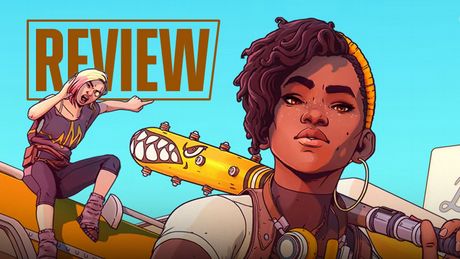
Dustborn Review: Powerful Words
game review
Your conversation choices and how you build relationships with your travel buddies play an important role in Dustborn, a game that highlights the power of words and emotions.

